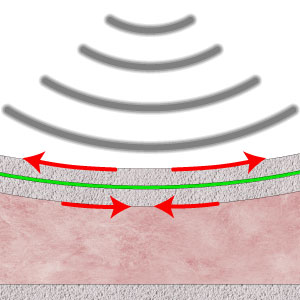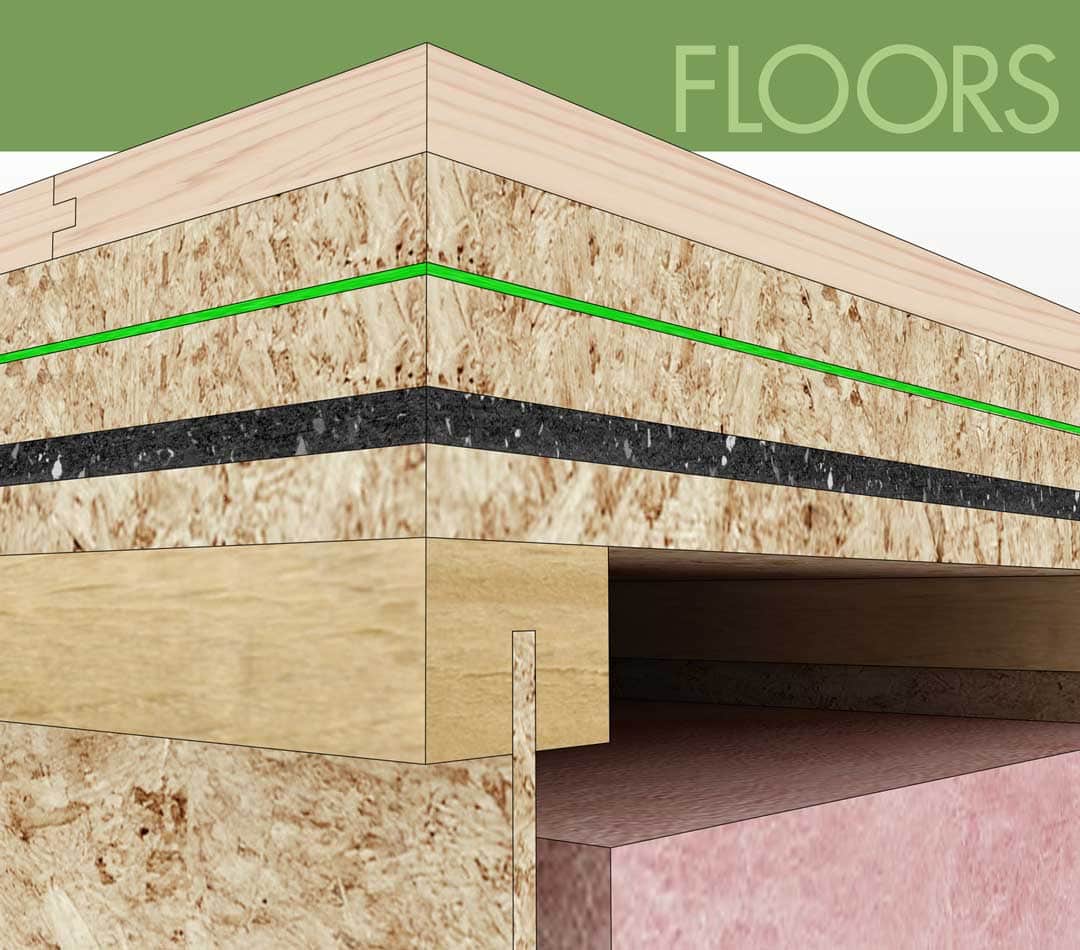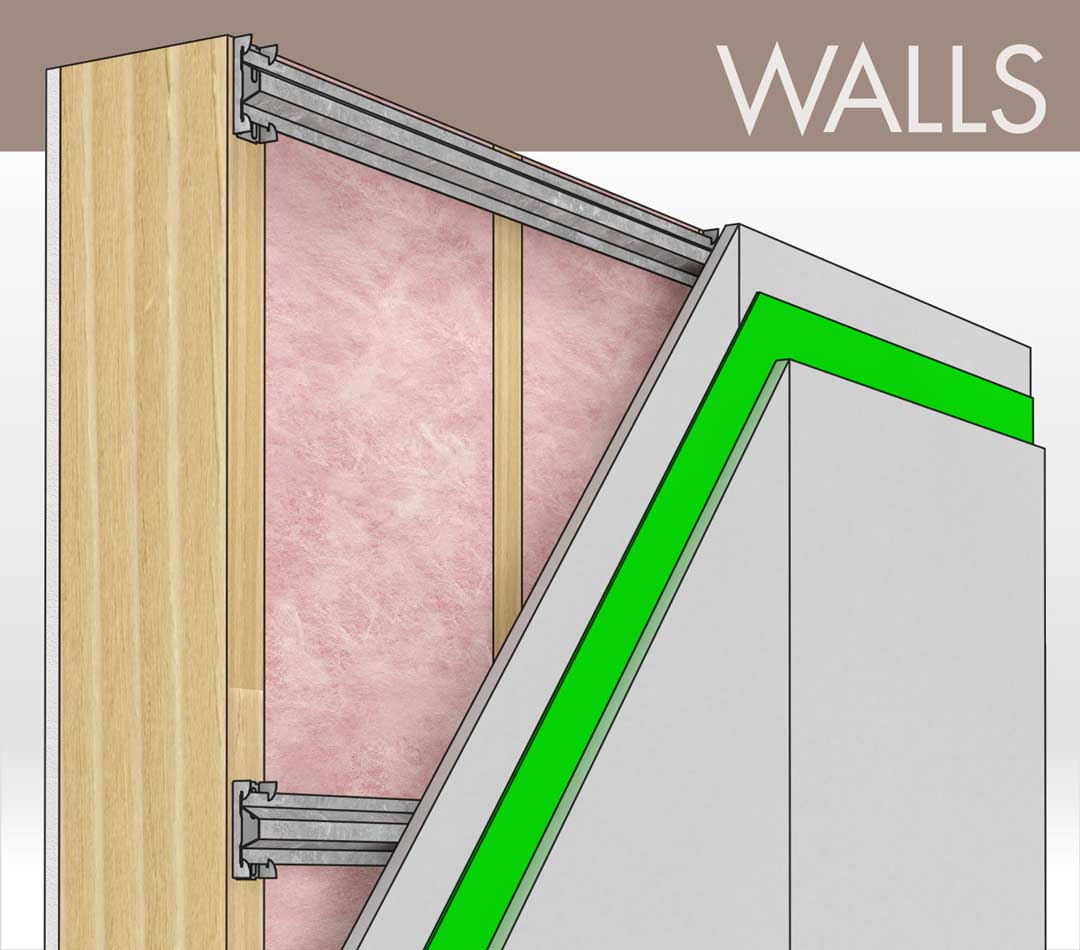How does constrained layer damping work?
 Damping is the conversion of energy over time and distance. Back in 2003 when we were running damping trials with an accelerometer, we found that damping pads and mats didn’t damp as well as products that started out as a paste. The conclusion was that the pad damping layers were too thick and not intimately bonded well enough to the substrate.
Damping is the conversion of energy over time and distance. Back in 2003 when we were running damping trials with an accelerometer, we found that damping pads and mats didn’t damp as well as products that started out as a paste. The conclusion was that the pad damping layers were too thick and not intimately bonded well enough to the substrate.
With respect to damping layer thickness, we know that a semi-liquid paste VE damping compound if applied too thick (over 0.75 mm or so) will have less damping capacity than a layer of the same material at 0.5mm. The mats and pads, even those with pressure sensitive adhesive on both sides, were too thick to generate sufficient heat during the sheer force. Thinner layers really converted much more energy to heat. The accelerometer studies demonstrated this quite clearly.
The conversion to heat was more efficient if there was intimate bond between the VE and the substrate. A semi-liquid VE damping material seeps into the pores of the plywood, MDF or drywall. This really anchors the material, allowing full stretch during shear. The pressure sensitive adhesive mats often “rolled” across the top of the substrate slightly, making it less susceptible to the sheer force generated.
Lastly, you want those panels to flex, and things like epoxies, adhesives, etc will stiffen the boards, limiting flex and shear, thereby producing a much less damped system.
How constrained layer damping works:
- We are relying on the panel flexing when hit with a sound wave. This includes wall panel movement as a wave (bending wave) that is traveling laterally in the wall through the drywall (whatever).
- This flexing of the two panels (with VE material in between) will generate a shear force on the VE material. The force will stretch the VE material, and the stretching converts the kinetic (acoustic) energy to thermal (heat) energy. We are not destroying energy.
- So to create the shear force in the first place, the panels need to flex. Stiffer = less flex. Things that start to inhibit the flex will reduce the shear force and thereby reduce damping. Stiff adhesives, close wall framing (16” vs. 24”), etc. limit flex.







